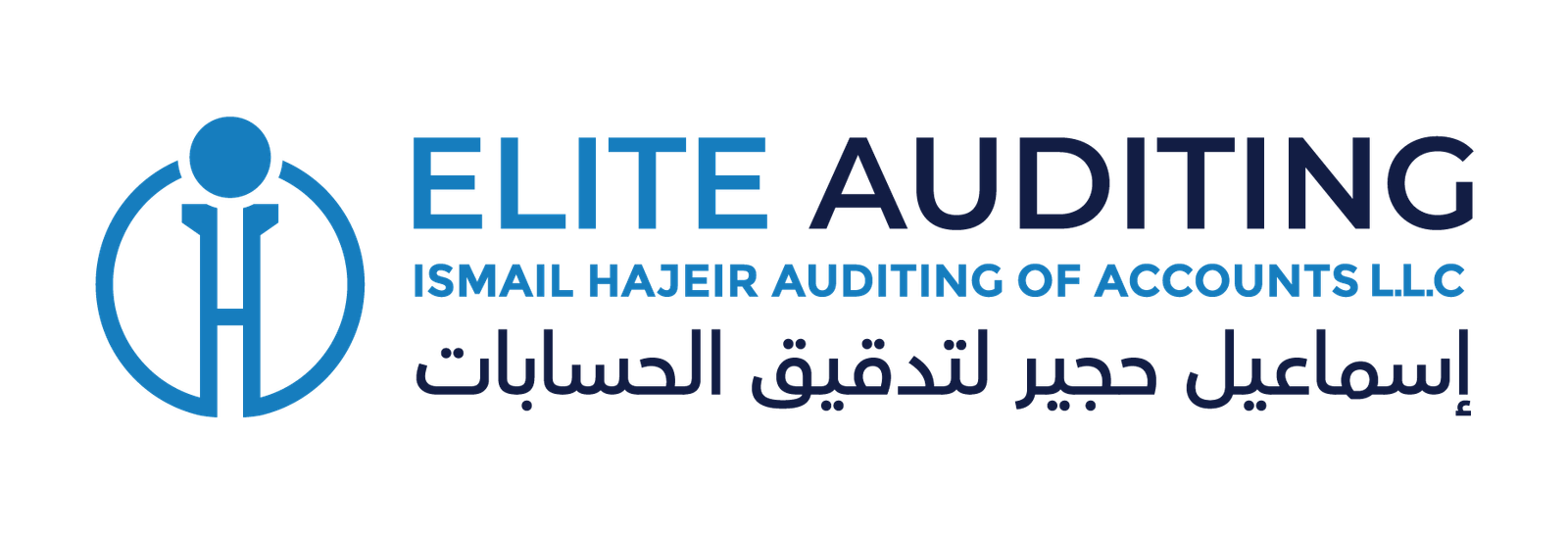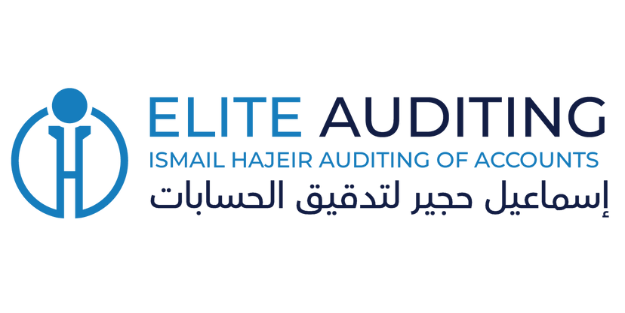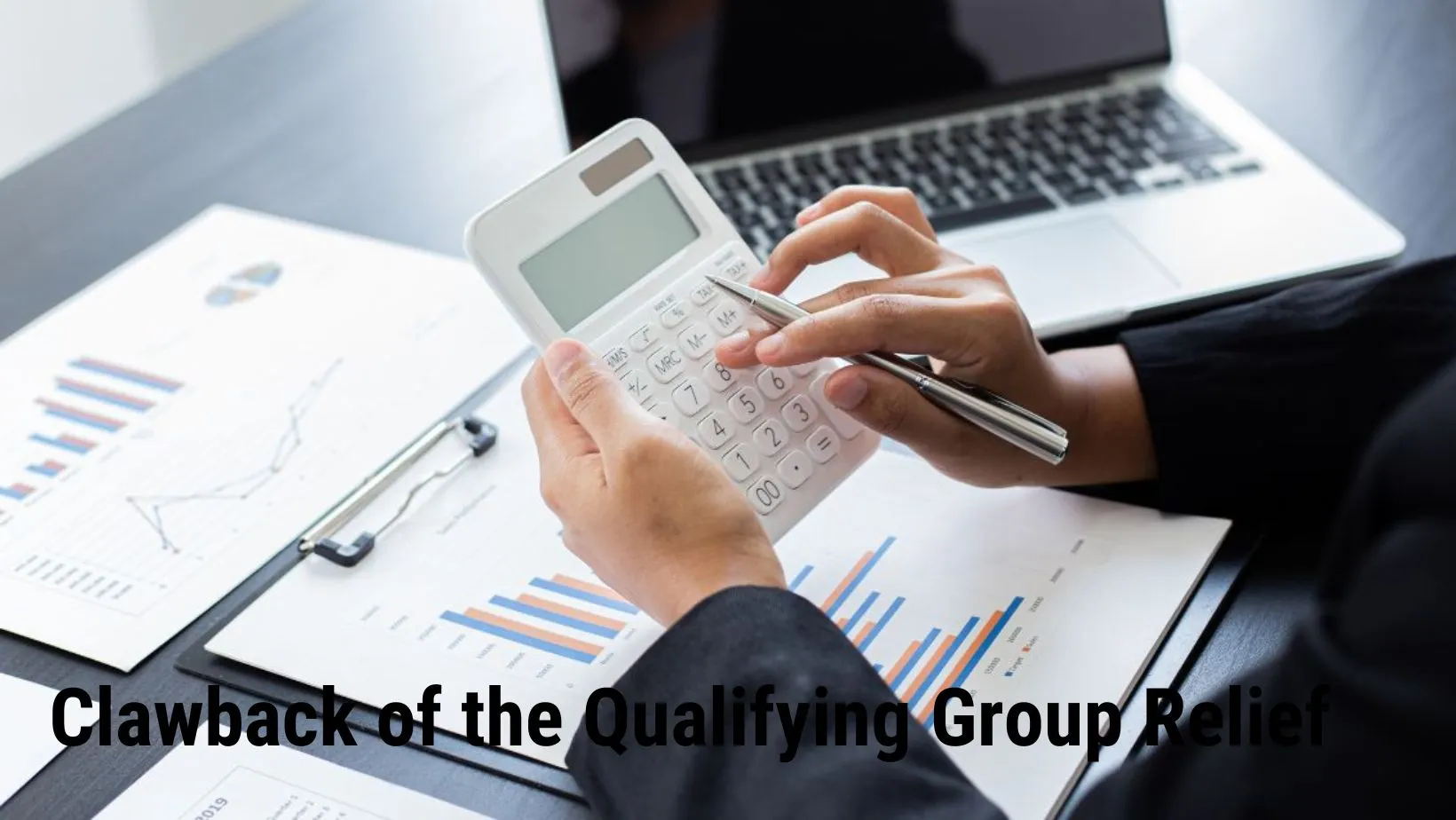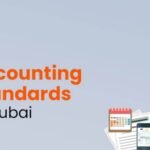Understanding the Clawback of the Qualifying Group Relief: A Simple Guide
Businesses in the UAE need to follow corporate tax laws carefully to avoid problems and save money. One important rule is the Qualifying Group Relief. This allows companies in the same group to transfer assets and liabilities without immediately paying taxes.
However, if certain conditions aren’t met, the Federal Tax Authority (FTA) can take back the tax relief through a process called clawback. This guide, brought to you by Elite Auditing, will explain clawback in simple terms so you can stay informed and avoid issues.
What Is Qualifying Group Relief?
Qualifying Group Relief lets companies in the same group transfer assets and liabilities to each other without paying taxes right away. It helps businesses restructure or simplify ownership without financial penalties.
For example, a company can move machinery to another group company for business purposes without worrying about taxes on the transfer.
What Is a Clawback?
A clawback happens when the tax relief is reversed because the conditions for the relief weren’t followed. The FTA then asks the company to pay the taxes they avoided earlier.
Simple Terms to Know
Here are some important terms you’ll read about:
- Transferor: The company giving the asset or liability.
- Transferee: The company receiving the asset or liability.
- Qualifying Group: A group of businesses under common ownership that meet specific conditions.
- Tax-Neutral: A transfer with no immediate tax.
- FTA: Federal Tax Authority, which enforces tax laws in the UAE.
Rules for Qualifying Group Relief
To qualify for tax relief, companies must meet these rules:
- Both companies (transferor and transferee) must be in the same qualifying group.
- The transfer must not cause big changes in who owns the assets or liabilities.
- The transaction must follow all UAE Corporate Tax Law rules.
What Causes a Clawback?
The FTA can claw back the tax relief if any of these things happen:
1. Asset Is Transferred Again
If the transferee sells or transfers the asset outside the group within two years, the relief is revoked.
Example:
- Company A transfer’s machinery to Company B under the relief.
- Company B sells the machinery to an outside company within two years.
- The FTA applies a clawback, and Company A must pay taxes on the original transfer.
2. Leaving the Group
If either the transferor or transferee leaves the qualifying group within two years, the clawback applies.
This can happen due to:
- A change in ownership.
- A company becoming a free zone person or exempt person.
3. Mismatched Financial Years
If group members don’t align their financial years, it may trigger a clawback.
Example:
- Company A and Company B align their financial reporting initially.
- In year two, Company B changes its financial year and no longer matches the rest of the group.
- The clawback can be triggered.
4. Shares Are Transferred
Shares issued as part of a business restructuring may trigger a clawback if they are transferred outside the qualifying group.
Also read: Determining the Taxable Income for an Unincorporated Partnership
What Happens When a Clawback Is Triggered?
For the Transferor
The company giving the asset (transferor) must calculate the gain or loss from the original transfer and include it in their taxable income.
For the Transferee
The company receiving the asset (transferee) must adjust its financial records. This includes updating depreciation or amortization for tax purposes.
Additional Costs
Companies may face extra tax bills, penalties, or compliance fees.
How to Avoid a Clawback
Here are simple tips to stay safe:
Keep Everyone in the Group
Make sure both the transferor and transferee stay in the qualifying group for at least two years.
Watch Ownership Changes
Avoid major ownership changes that could make the group ineligible.
Align Financial Years
Ensure all group members use the same financial year.
Get Expert Help
Hire experienced tax consultants like Elite Auditing to guide you through compliance.
Why Choose Elite Auditing?
Understanding corporate tax laws can be tricky, but you don’t have to do it alone. Elite Auditing can help your business with:
- Tax compliance to meet FTA rules.
- Expert advice on group restructuring.
- Detailed corporate tax guides for your company.
With our expertise, you can avoid clawbacks and focus on growing your business.
Final Thoughts
The clawback of Qualifying Group Relief is an important part of UAE corporate tax law. While the relief helps businesses transfer assets without immediate tax, the conditions must be followed carefully to avoid problems later.
With proper planning and professional advice, businesses can use this relief to their advantage without worrying about clawbacks. Contact Elite Auditing today to ensure your company stays compliant and tax efficient.
FAQs
Author






